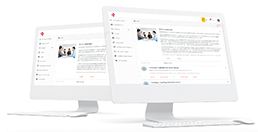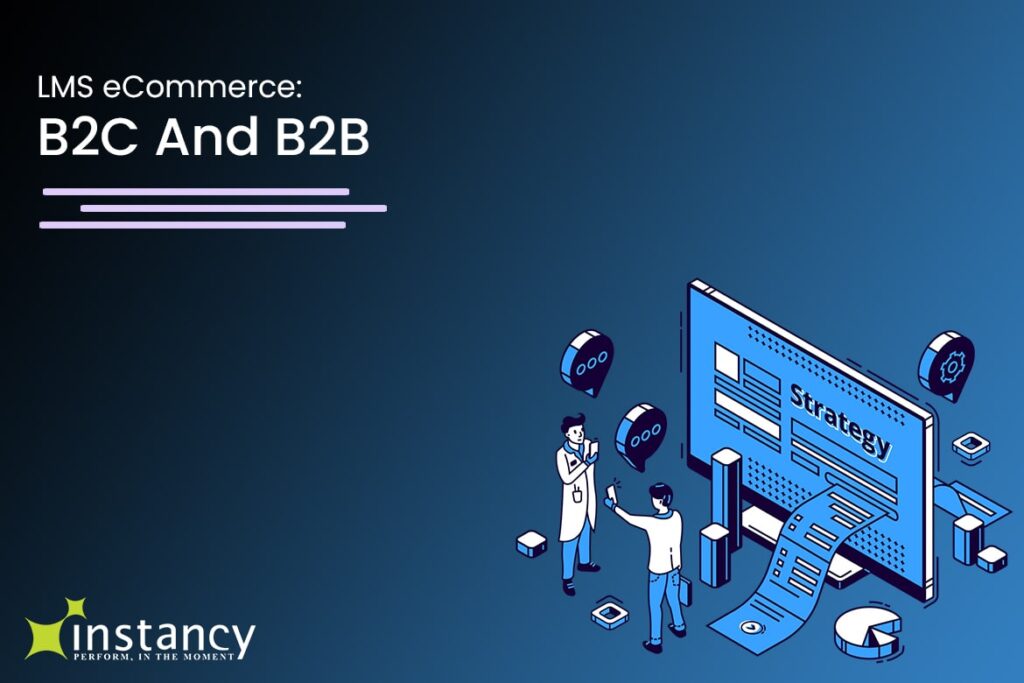LMS eCommerce: B2C And B2B
Do you want to grow your revenue? Selling your courses in a B2B (Business to Business) or B2C (Business to Consumer) environment is rapidly gaining traction in most learning organizations. While initially, the transition may feel overwhelming, the Learning Management System you use is one of the significant factors between success and failure.
Do I Need A Learning Management System?
A Learning Management System organizes, delivers, and tracks learning content and activities. Organizations not using an LMS can do nothing more than sell the product, and that is if they are using a shopping cart for course selection and payment for B2C transactions.
The LMS assists training organizations in delivering and tracking the content, assisting with selling memberships, enrolling users in courses, setting up class schedules, or conducting other tasks such as analytics and reports. As technology transforms, the role of the LMS as the nucleus of the learning organization changes also. Modern LMSs also include a mobile learning interface that is now more popular than viewing content on a desktop computer. Selling training through an online checkout system was previously for large organizations.
Today, authors and Subject Matter Experts can easily do so as well using easy-to-use Learning Management Systems.
Monetization
eCommerce allows training organizations to earn money and perform as a for-profit entity. In the B2C scenario, training content providers have a choice. They can sell their courses à la cart through a shopping cart or sell a library of course content as a membership subscription.
eLearning offers on-demand content and typically provides a higher Return On Investment (ROI). However, there is an integration component. If you use a learning platform that easily integrates eCommerce, the LMS, and analytics and reports, you may be surprised to learn there is a captive audience willing to pay for the knowledge.
B2B Is Different
In the B2B scenario, businesses may enroll a larger number of users into their programs. The company agrees to make payments on a monthly, quarterly, or yearly basis. The LMS system enables businesses to enroll and access the designated courses or programs for a specific time. You can receive payment through a shopping cart or receive payment through more traditional methods.
Marketing And Product Positioning Is Important
Make sure you get the right product in front of the right learner for the right price. Learners are accustomed to seeing various signup options. For example, one user purchases the course. During the checkout process, the user gets an offer to join at the membership level, where they pay one monthly price for all products.
You may offer a volume discount to specific customers and may even provide the course for free if it is a subject you want your business partners to consume, such as product training. This is when your LMS does its work. The course catalog allows large groups of learners to view and purchase content (or services) you list. Use simple admin rules to change the way your catalog appears to different users.
Learning Platforms Must Be Easy To Use
The LMS is now part of your online store. You must consider the look and feel of the site. Create a theme for your website, and either use your existing brand or create one if you do not have one. Using a single sign-on gives the learner seamless navigation around the site.
Using the content and data stored on the LMS, you can now easily track student progress and other stats.
Ensure Your LMS Combines The Power Of Browsing, Buying, And Learning
A Learning Management System must provide the flexibility to offer the course in B2B or B2C scenarios, or the combination of the two, through one integrated solution. As a business owner, you can manage your operations more efficiently and effectively.
When users visit your site and log in, they do not have to go here and there to view their preferred content choices. If the learner sees a course they want to take, they sign up.
In the B2B scenario, the learner begins the course as the company has an agreement with the owner of the content. The learner need not pay. In the B2C situation, the learner must pay for the course before viewing it.
This Blog is Originally Published at eLearning Industry on October 2, 2020.





